Description
The perception tends to be of one single colour, or two at the most. When two colours are perceived they are normally in some kind of pattern (a red base with green dots at the top, for example). Alternatively, in the case of song-colour, while the person is listening to the song it might start off as one colour and then transform into the another to reflect some kind of change in the nature of the music: from the verses to the chorus, for example, or the part that is sung and the instrumental part.
It is considered a type of chromesthesia, which is a general name that can be given to any type of synesthesia where the inducer is sound or music and the concurrent is (or includes) colour. Alternatively, and more frequently perhaps, if the colour is evoked by the concept of the song or genre rather than by actually listening to its sounds, it can be considered a type of coloured sequence synesthesia.
What triggers the colour is the general impression received from the song, genre, etc., for any of the following reasons (and perhaps others):
The atmosphere it suggests
The emotion it evokes
Its most dominant aspect, e.g. the timbre of the main instrument or unique features of the singer’s voice
A technical aspect of the song (rhythm, tempo, etc.)
The key the song is in, which might in turn give rise to an atmosphere or an emotion
The concept of the type of music, rather than the sound (in this case we would be talking about a case of coloured sequence synesthesia rather than auditory synesthesia)
In any case it is a highly consistent type of synesthesia: the same song, musical genre, singer etc. always triggers the same colour or combination of colours.


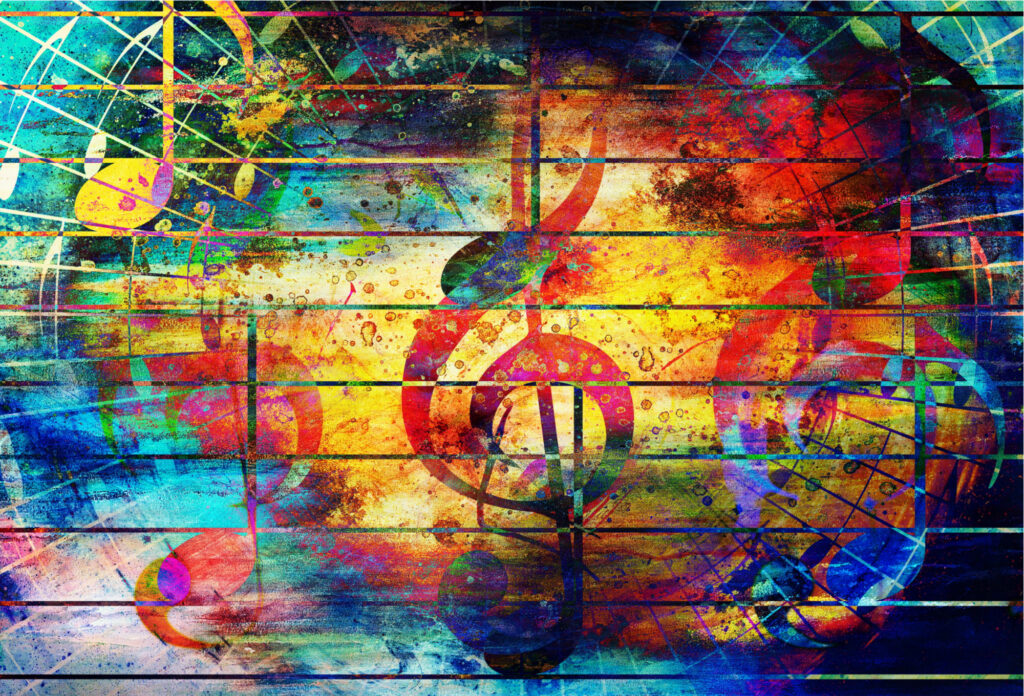

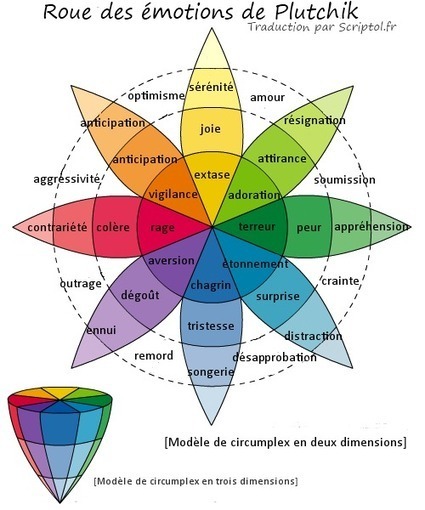
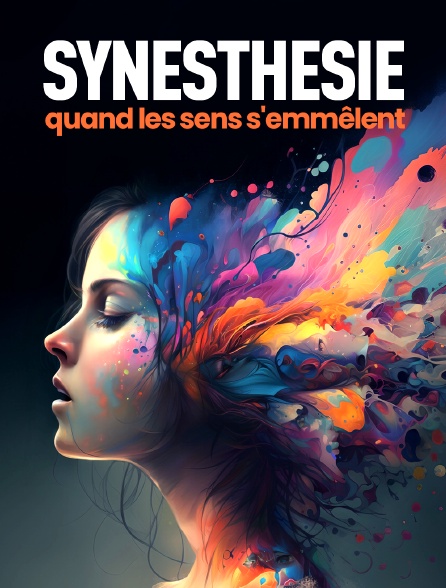



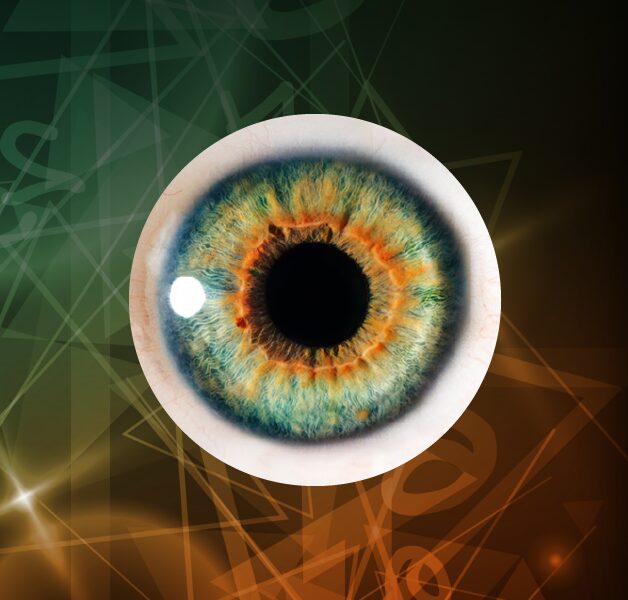


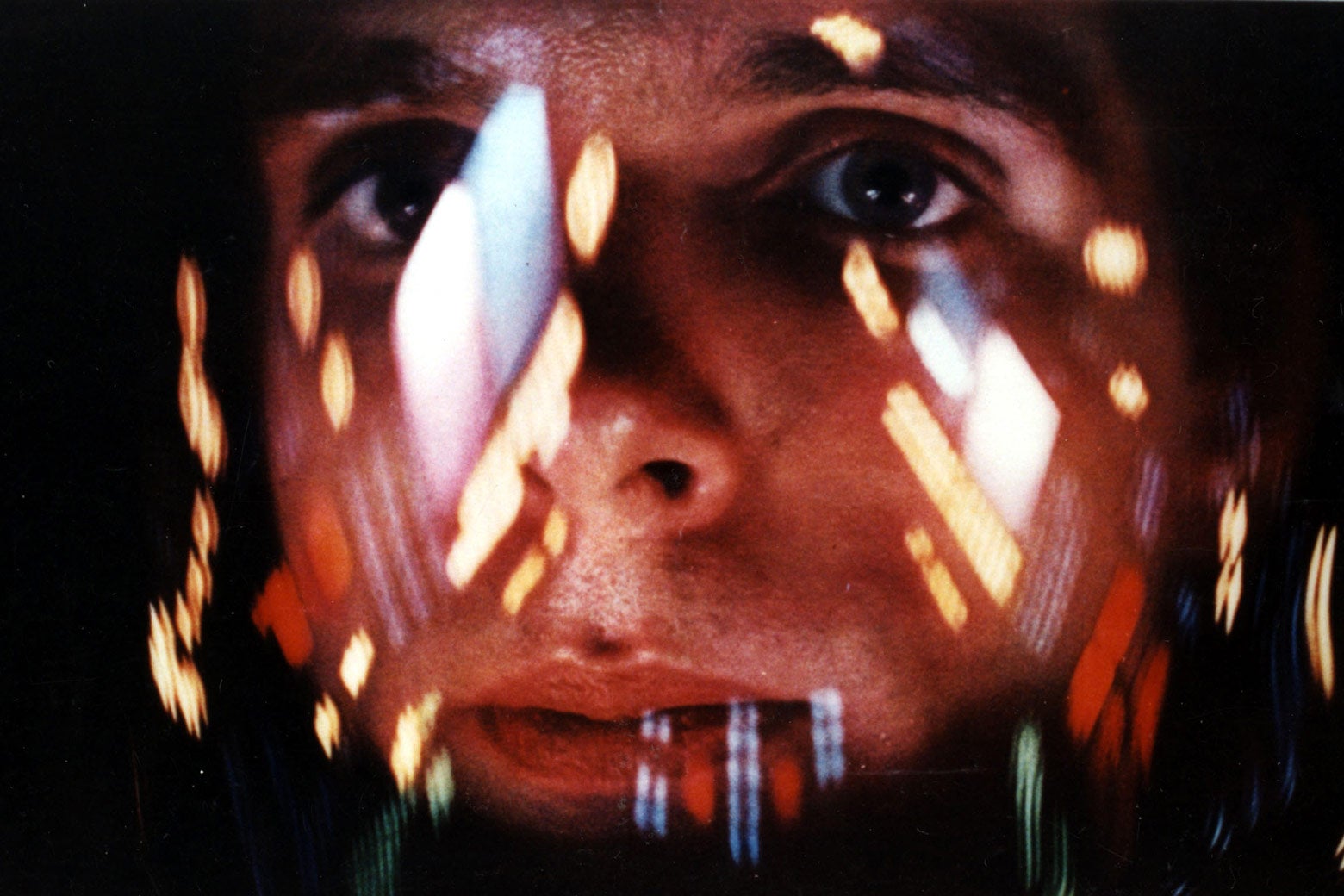

Avis
Il n’y a pas encore d’avis.